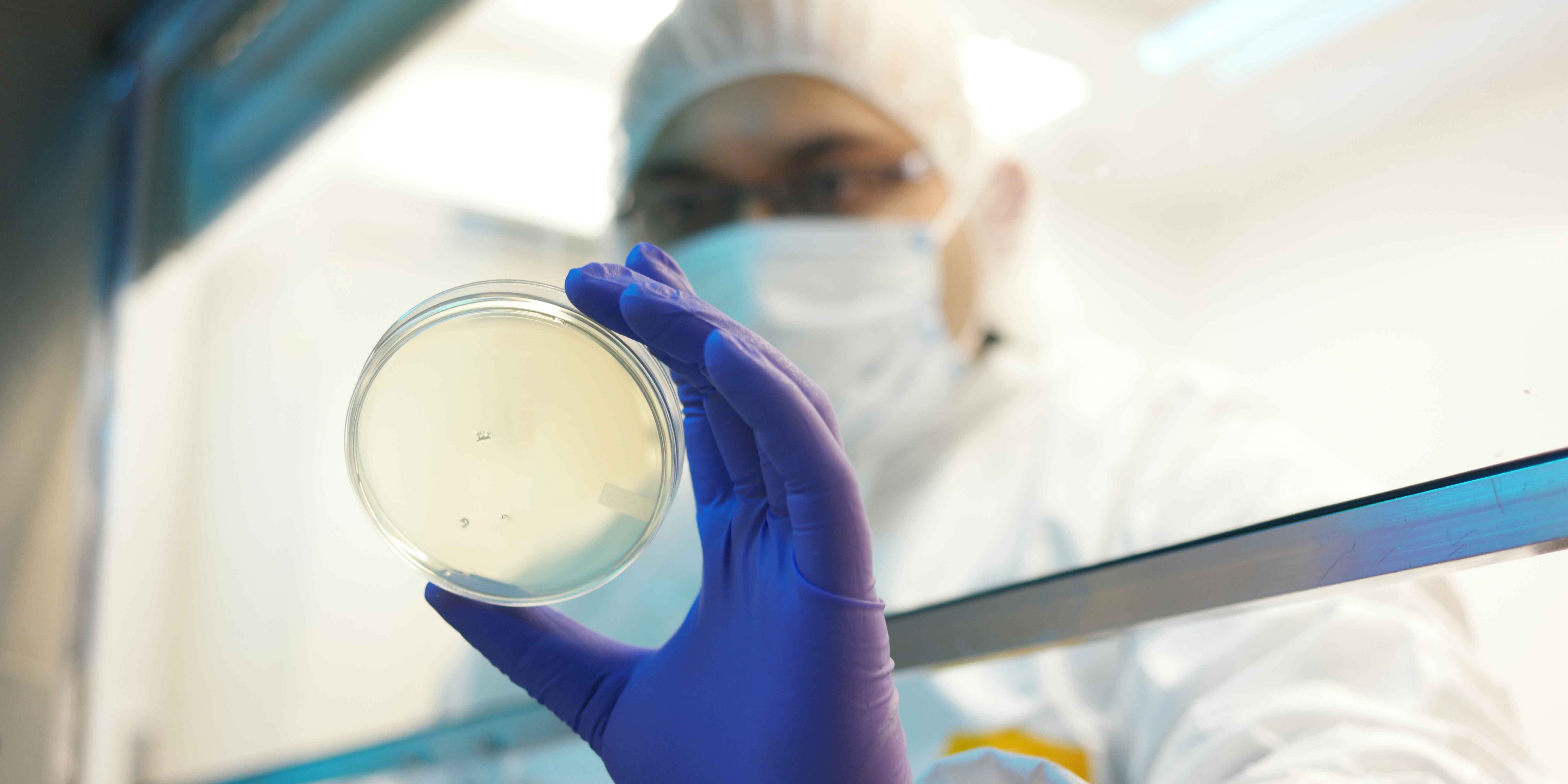Does it seem like clinicians are quick to assume infection in a wound requiring systemic treatment?
The tragic part is the wound infection diagnosis is often made with a lack of proper cultures or symptoms.
Is it because clinicians are fearful? Is it their lack of knowledge of what confirms a wound infection?
I would say it is likely a combination of both. Instead of looking at the evidence, clinicians fall into a “we have always done it this way” approach and the patient is the one who ultimately suffers.
So how do you know when a wound is acutely infected? If it’s a biofilm (chronic infection), or just the body’s natural inflammatory response?
Keep in mind when bacteria begin to proliferate to a level that can cause local tissue damage, the body will naturally have an inflammatory response to those pathogens.
But that doesn’t mean the wound has reached infection levels of microorganisms.
Let’s break down the differences in wound infection and how to approach them.
What are chronic wounds?
Chronic wounds are always contaminated and likely colonized. By definition, neither situation is problematic for the wound infection healing process.
There are studies now that suggest 60% of chronic wounds have a biofilm, while only 6% of acute wounds have one.
It is difficult to predict or ascertain the percentage of chronic wounds that will become acutely infected.
An acute infection is when the pathogenic organisms overwhelm the body’s immune system and being to penetrate into the viable tissue.
This is confirmed in one of two ways:
- A tissue culture (punch biopsy)
- Three or more clinical signs and symptoms
A lab result requires 105 organisms/grams of tissue, which is why swab cultures are an inappropriate tool for quantitatively analyzing the number of bacteria in a wound infection, according to the U.S. Department of Health and Human Services.
Clinical signs and symptoms, using the concept of NERDS or STONES, can be an effective tool for assessing local wound infections.
A biofilm generally cannot be seen and can only be confirmed by electron microscopy scanning.
What’s the difference between local and systemic wound infection?
An acute infection is characterized by planktonic bacteria that are metabolically active and have no protective coating. These bacteria are very susceptible to antibiotics and topical biocidal agents.
With an acute infection, we must differentiate whether it is just a local infection or if it is systemic because this leads to entirely different approaches.
Local wound infections should be treated locally (or topically) and not with systemic antibiotics that may not reach the wound in sufficient levels because of poor blood flow.
To quote a colleague, “Sick people look sick.”
The point is stop treating the entire patient as if he or she is sick when the infection is only in the wound.
How to treat wound infections with biofilm
A biofilm, which is a polymicrobial community or microorganisms covered with a protective coating and the bacteria are metabolically inactive, is resistant to standard antibiotics and most topical biocidal agents.
The protective coating is impenetrable by the body’s macrophages and neutrophils. This chronic infection becomes very difficult to eradicate.
Dealing with biofilm is a multi-faceted approach.
- First, the physical disruption of the biofilm via mechanical or occasionally sharp debridement is necessary to remove the biofilm and shift the bacteria back into a metabolically active state, which makes them easier to kill.
- Second is treating the wound with effective topical antimicrobial agents such as cadexomer iodine or modified sodium hypochlorite that can reduce the levels of bacteria down to more manageable levels.
- Third, using an anti-biofilm agent, such as xylitol, lactoferrin and farnesol, to inhibit the reformation of the biofilm.
- Last, potentially using DNA-guided antibiotics.
Gregory Schultz, MD, and company have documented a “Step Down Step Up” approach to biofilm management that clinicians can consider.
Final wound infection thoughts
The final point is simply to stop with the “status quo” approach to managing wound biodurden.
Instead you’re encouraged to:
- Embrace evidence-based assessment tools to diagnose infections or biofilms appropriately.
- Use proven methods and products to address bioburden and biofilm challenges.
Learn more in our Skin and Wound Management Course.
What do you think?

